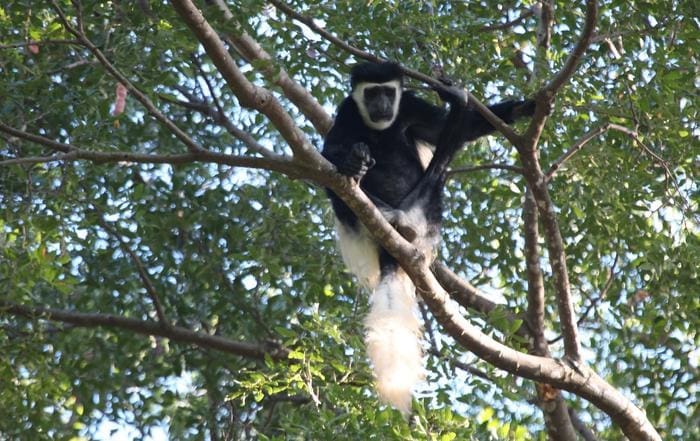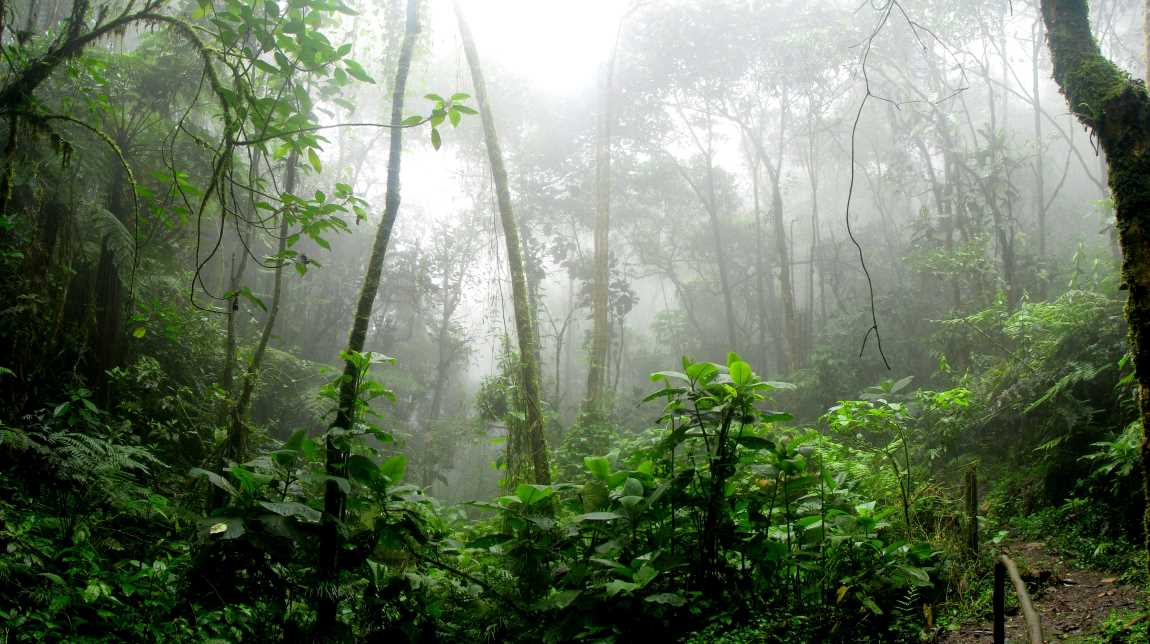As climate change reshapes global weather patterns, a new study reveals that two-thirds of Key Biodiversity Areas (KBAs) within tropical forests are facing never-before-seen temperature regimes.
These findings, published by researchers from the universities of Exeter, Manchester Metropolitan, and Cambridge, point to the pressing need for conservation strategies that consider the emerging effects of climate change on biodiversity hotspots.
KBAs are designated as critical habitats due to their rich biodiversity and role in sustaining various species. However, with temperature shifts recorded beneath the canopies of tropical forests worldwide, researchers have found that 66% of these areas are now exposed to new “temperature regimes.” This term refers to temperature conditions where more than 40% of recorded temperatures fall outside historical ranges, presenting a stark warning about the effects of climate change on these vital ecosystems.

Dr. Brittany Trew, of the Environment and Sustainability Institute at Exeter’s Penryn Campus, explained the risks posed to species that thrive in the stable climates found under the forest canopy.
“Beneath the canopy of tropical forests, a wealth of biodiversity exists in a very stable climate,” Trew noted. “As such, species there are at particularly high risk from new annual temperature regimes because they have evolved under a narrow range of conditions. They may only be able to tolerate a small margin of warming above what they’re used to.”
While the impacts of changing temperatures vary across different regions, the study finds that the proportion of KBAs affected by new temperature regimes is highest in Africa and Latin America, with shifts observed in 72% and 59% of sites, respectively. Comparatively, fewer KBAs in Asia and Oceania have undergone significant temperature shifts, though the proportion is still notable at 49%.
In Latin America, a small subset of KBAs – located mainly in Ecuador, Colombia, Venezuela, and Panama—has seen extreme changes, with over 80% of temperature readings falling outside historical ranges. The tropical Andes, in particular, have been heavily affected. These findings underscore the regional variation in climate impacts, which will likely play a role in prioritizing conservation efforts.
The timing of this research is significant, as it comes ahead of the United Nations Biodiversity Conference (COP16), set to begin on October 21, in Colombia. This conference will focus on the Post-2020 Global Biodiversity Framework, which proposes a target of conserving at least 30% of the world’s land and ocean areas by 2030. KBAs have been flagged as central to this framework, making the need for targeted conservation even more urgent.
Dr. Alexander Lees, Reader in Biodiversity at Manchester Metropolitan University, emphasized the need for strategic conservation given the limited resources available.
“The amount of political and economic capital dedicated to safeguarding biodiversity is woefully inadequate,” Lees said. “Our findings show that the painful process of conservation triage – selecting new protected areas – must therefore consider the impact of ongoing climate changes on those sites in prioritization assessments.”
Current conservation efforts in KBAs are uneven, as these areas do not automatically qualify for formal protection. Designation as a KBA only identifies an area as ecologically valuable; national governments are ultimately responsible for deciding if and how these areas will be safeguarded. Alarmingly, more than half of the tropical forest KBAs not experiencing new temperature regimes lack formal protection, even though these locations could act as biodiversity refuges under a warming climate.
To identify and monitor the impacts of temperature changes in tropical KBAs, the researchers employed a combination of temperature measurements, satellite data, and microclimate modeling to track near-ground temperatures on an hourly basis. This comprehensive approach allowed the team to analyze trends across all major tropical regions and highlight the specific areas where conservation efforts are most urgently needed.
The authors argue that current conservation policies must be “climate-smart” to account for ongoing environmental changes. “We need ‘climate-smart’ policies that protect these vital refuges,” said Dr. Trew. As climate change intensifies, adapting conservation strategies to protect areas that provide stable conditions could help prevent significant biodiversity loss.
Journal Reference:
Trew, B. T., Lees, A. C., Edwards, D. P., Early, R., & Maclean, I. M. D., ‘Identifying climate-smart tropical Key Biodiversity Areas for protection in response to widespread temperature novelty’, Conservation Letters e13050 (2024). DOI: 10.1111/conl.13050
Article Source:
Press Release/Material by University of Exeter
Featured image credit: David Riaño Cortés | Pexels




